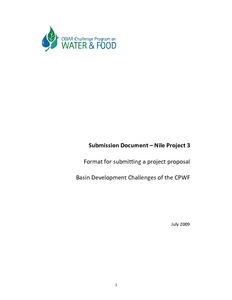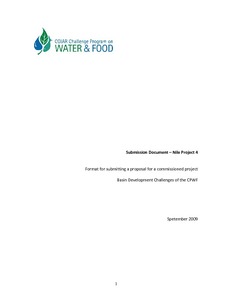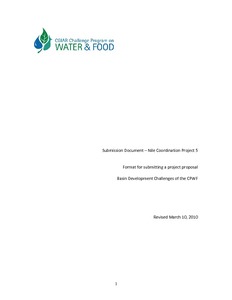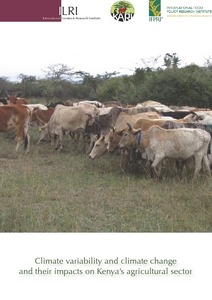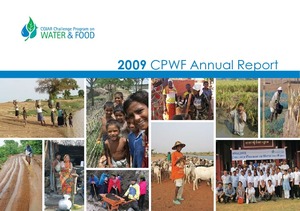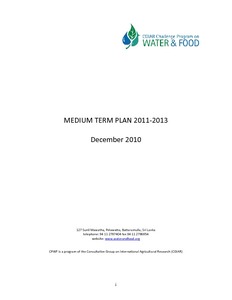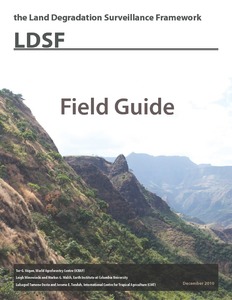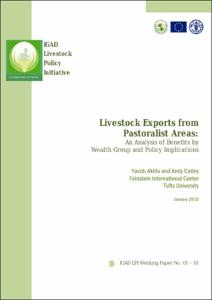A landscape approach to rainwater management in Ethiopia: Project 4 proposal on assessing and anticipating consequences of innovation
A landscape approach to rainwater management in Ethiopia: Project 5 proposal on coordination and multi?stakeholder platforms
Climate variability and climate change and their impacts on Kenya’s agricultural sector
Colombian agriculture: adapting to climate change
Climate change will likely have significant impacts on the agricultural sector in Colombia, which accounts for over one-tenth of the country’s GDP and employs over one-fifth of its population. Analyses indicate that by 2050, there will likely be significant temperature rises, more erratic precipitation, and higher pest and disease prevalence. To address the extensive socioeconomic implications of these effects, the government must prioritize adaptation, investing in regionally-based assessments; research and development; and technology transfer to and training for farmers.
CPWF Annual Report 2009
The CPWF was designed to be different. Developed in response to a call for change in a previous round of Consultative Group on International Agricultural Research (CGIAR) system
reform, the CPWF was intended to foster cross-CGIAR cooperation and find ways to bring in new partners. Over time the CPWF has successfully broadened the CGIAR’s sources of
innovative research on water and food. Through its broad partnerships, the program conducts research that leads to positive impact on the poor and to policy change. The CPWF does this by
Fulani agro-pastoralists’ production strategies: Adaptation to climate variability in Mopti region, Mali
Land Degradation Surveillance Framework (LSDF): field guide
The field methods employed in the soil health component of the AfSIS (Africa Soil Information Service) project are referred to as the Land Degradation Surveillance Framework (LDSF). This field guide outlines field protocols for measuring indicators of the “health” of an ecosystem, including vegetation cover, structure and floristic composition, historic land use, visible signs of soil degradation, and soil physical characteristics.

